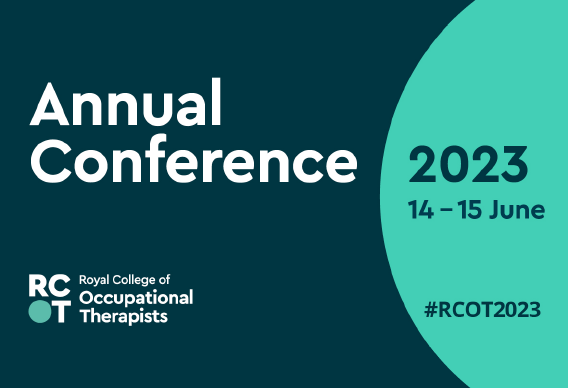|
|



We are proud to be the official job board sponsor for the Royal College of Occupational Therapists (RCOT) Annual Conference.
Keep your eyes peeled on our LinkedIn page for more information about the two-day virtual event.
Around eight in ten people with Type 1 diabetes now have access to life-changing technology, thanks to cost-effective deals secured for patients and rapidly rolled out by the NHS.
Just over 200,000 patients are now using non-invasive glucose monitoring devices (CGMs) that allow people to check their glucose levels more easily and regularly – up by a third (around 50,000) compared to the spring.
This summer, the NHS announced patients with Type 1 diabetes would be eligible for continuous glucose monitors – after securing a deal to ensure they cost a similar price to flash monitors – and already almost two-thirds of local NHS areas are offering these devices to patients.
The newer wearable arm gadget sends information automatically to a mobile app and allows diabetes patients to always keep track of their glucose levels without having to scan or take a finger prick test.
Flash monitors work in the same way as continuous monitors, except a patient using a flash monitor uses a device to run a check on their smartphone to get a reading.
The latest rollout figures show the NHS is going well above and beyond its original Long Term Plan target from 2019 to ensure 20% of people with Type 1 diabetes would benefit from flash monitors.
The NHS aims for all integrated care boards (ICBs) to be offering both monitors in 2023 and the wider rollout of this technology will help diabetes patients manage their condition better – reducing hospital admissions and associated diabetes complications which will ultimately ease the pressure off the NHS.
In line with NICE guidance, patients will be offered either monitor depending on their needs following consultation with a local clinician.